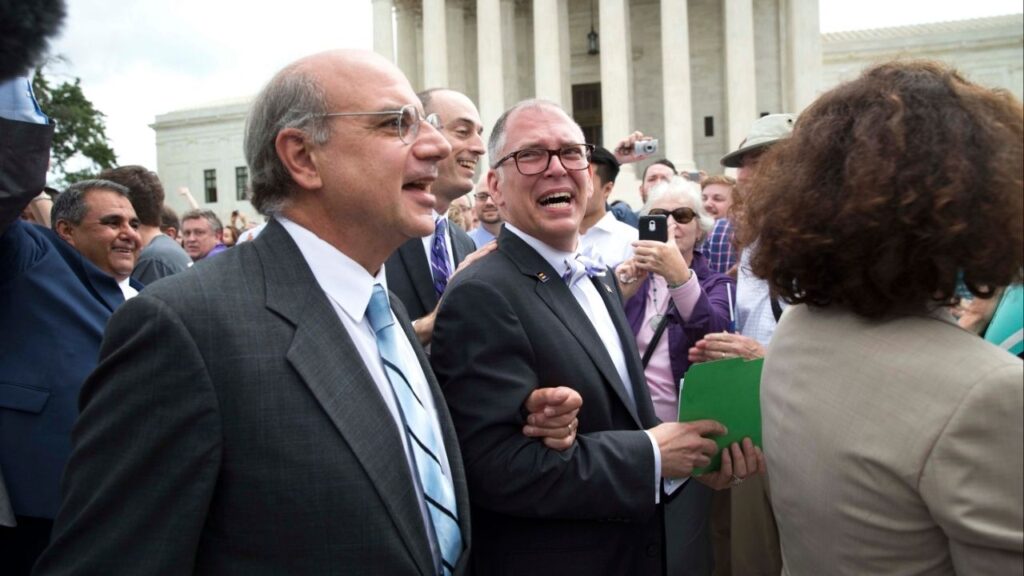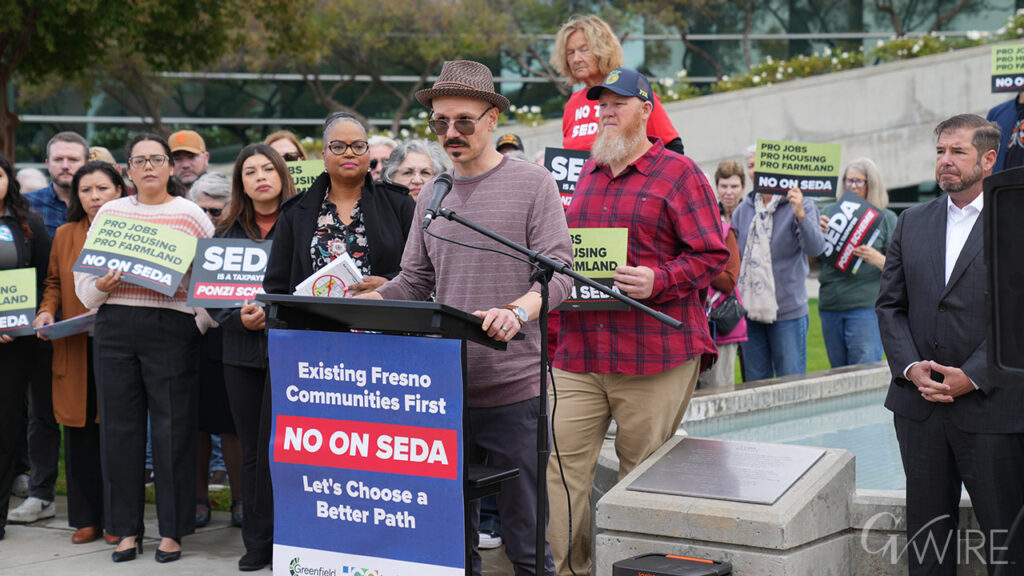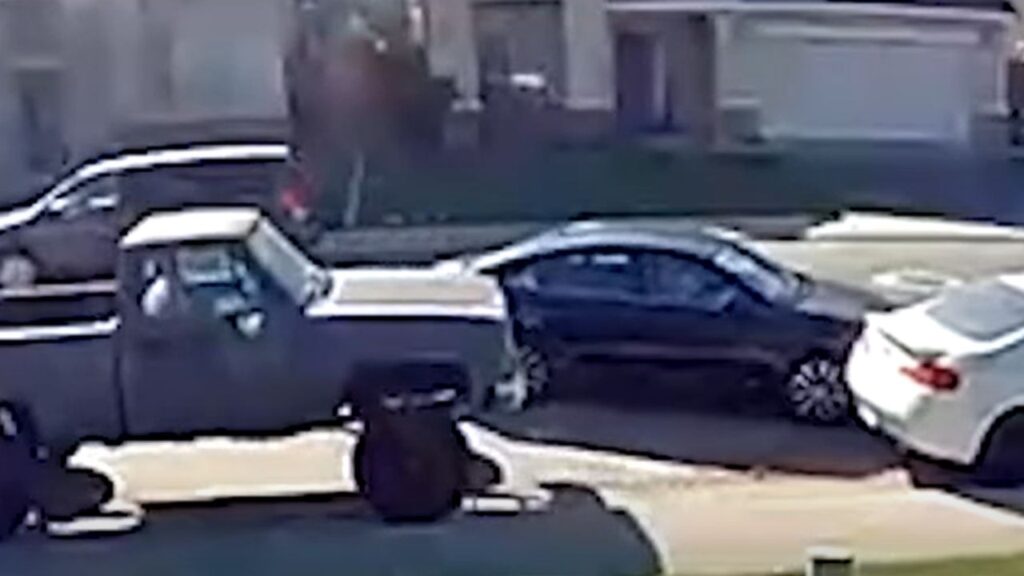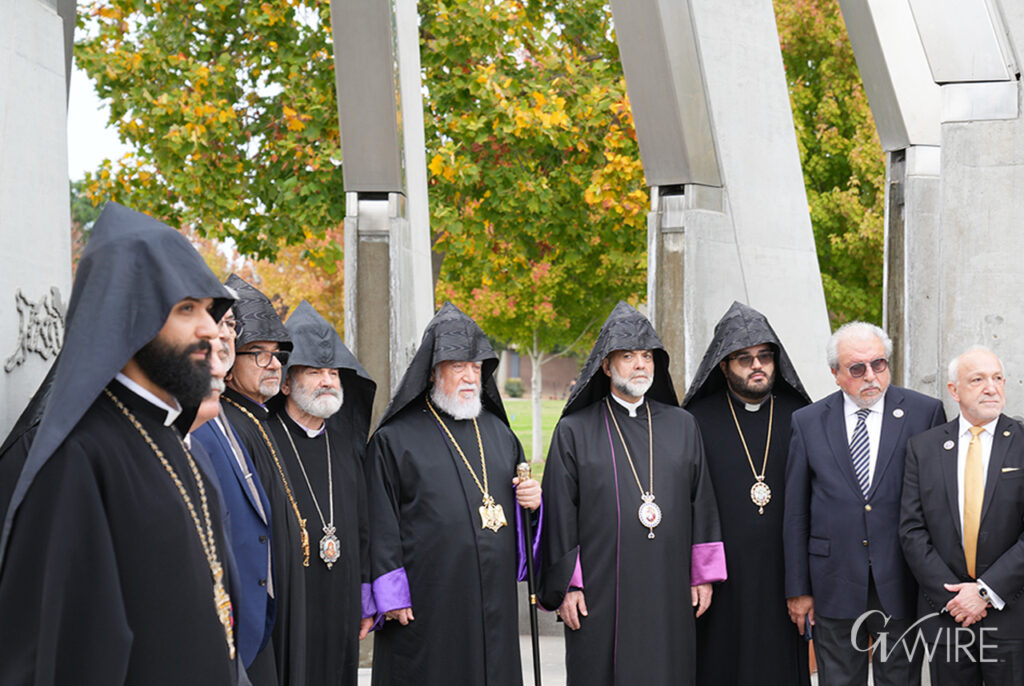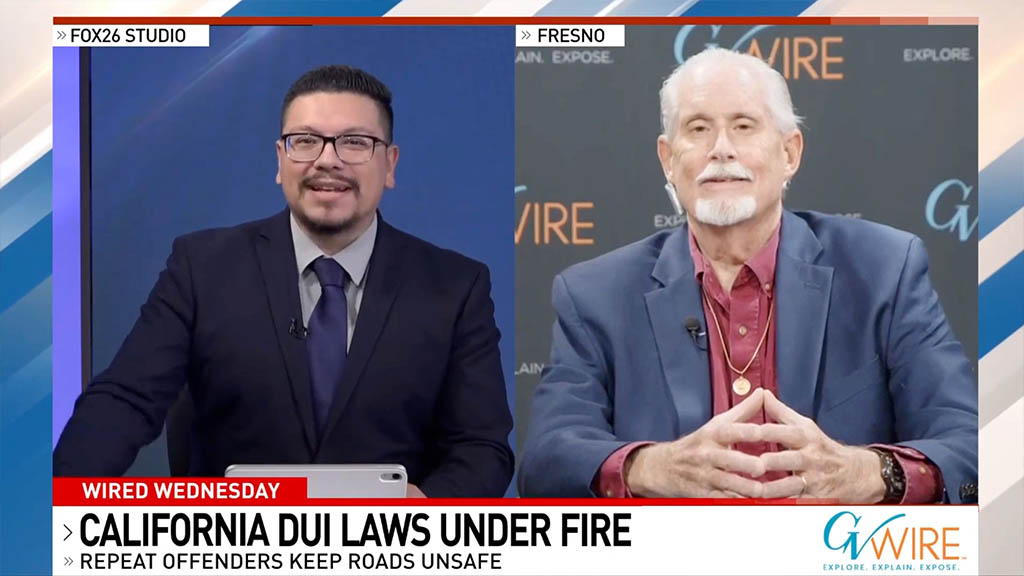Share
California will receive about $45.5 billion from the infrastructure improvement legislation that Congress approved last week, which sounds like a lot of money.
In fact, it’s the largest share of the $1.2 trillion program of any state and President Joe Biden wants Californians to be appreciative.
White House Touts California Funding
“The historic Infrastructure Investment and Jobs Act will make life better for millions of California residents, create a generation of good-paying union jobs and economic growth, and position the United States to win the 21st century,” the White House said in a statement detailing the state’s share.

Dan Walters
Opinion
Gov. Gavin Newsom echoed the White House, saying, “This historic infrastructure package stands to accelerate investments in our clean transportation infrastructure, help mitigate some of the worst impacts of climate change and accelerate new projects that will create thousands of jobs.”
Virtually every Democratic member of Congress from California issued a similarly upbeat statement predicting that the new federal funds would have a transformative impact.
Among Lowest Per Capita Shares of Any State
From a relative standpoint, however, California’s allocation is small. At just over $1,200 per Californian, it’s one of the lowest of any state. States with relatively small populations, such as Alaska and Vermont, benefit the most on a per-resident basis.
Two-thirds of California’s share, about $30 billion over five years, is reserved for repairing roads, highways and bridges and we can certainly use it because, as the White House breakdown observes, “For decades, infrastructure in California has suffered from a systemic lack of investment.”
Our highways rate at or near the bottom vis-à-vis those of other states simply because ever since the 1960s, governors and legislators have been unwilling to impose the taxes on motorists to keep what was once the nation’s best roadway network in good repair.
Four years ago, then-Gov. Jerry Brown and legislators passed a $5.4 billion per year package of taxes and fees to slow the system’s deterioration but while it narrowed the gap, it did not close it. The new injection of federal money will be welcome, but will fall short of doing what’s needed to restore our roadways to their previous levels.
Another $9.45 billion (over five years) is ticketed “to improve public transportation options across the state.”
No Shortage of Competition for Funds
There will be no shortage of applicants for those funds. Local and regional transit systems will be vying for slices of the pie and it could be a factor in whether Newsom and legislative leaders resolve their impasse over the state’s much-troubled bullet train project.
Newsom wants the Legislature to provide the remaining $4.2 billion from a 2007 bond issue to finance continued construction of a bullet train section in the San Joaquin Valley while legislative leaders want to divert the money into local and regional commuter transit.
The new federal money could lubricate a compromise – using it to satisfy the legislative demands while giving the bullet train the $4.2 billion.
The remainder of California’s share of the infrastructure bill, roughly $5.5 billion, would mostly be spent on improvements in water systems ($3.5 billion) and airports ($1.5 billion).
Proverbial ‘Drop in the Bucket’
So will the federal largesse make a big difference in Californians’ lives, as the White House and Newsom proclaim?
Not likely. In a state with nearly 40 million residents, a $3 trillion economy and a $200-plus billion state budget, spending an extra $45.5 billion over five years is the proverbial drop in the bucket.
By overstating its impact, Newsom and other politicians may give the impression that all of California’s infrastructure problems will be solved when, in fact, we will still have huge deficiencies, particularly in transportation and water.
About the Author
Dan Walters has been a journalist for nearly 60 years, spending all but a few of them working for California newspapers. He now writes for CalMatters, a public interest journalism venture committed to explaining how California’s state Capitol works and why it matters. For more columns by Dan Walters, go to calmatters.org/commentary.
[activecampaign form=19]











